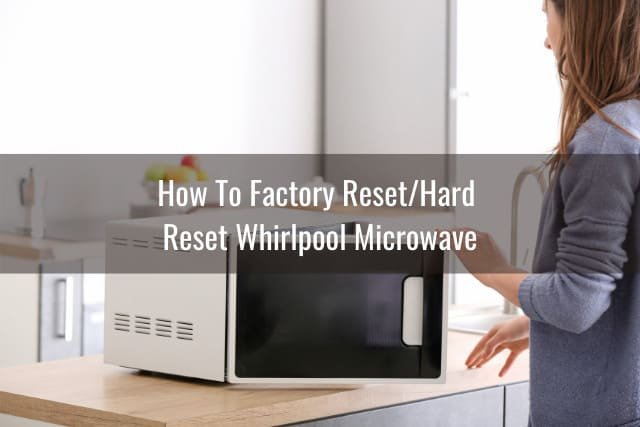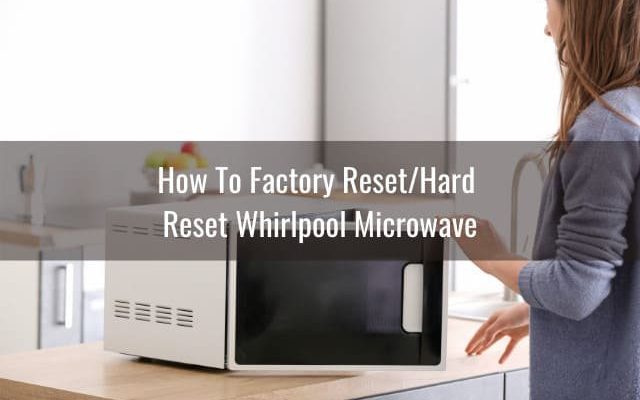
The “OE” error code is actually a signal from your microwave, sort of like its way of raising its hand to say something’s not quite right. In many Whirlpool models, this code can indicate an issue with the microwave’s door or its sensor. Basically, your microwave thinks the door isn’t properly closed or the sensor isn’t reading things correctly — kind of like when you try to make a phone call with the receiver off the hook. Let’s break it down together and see how you can get your microwave back in action without any hassle.
Understanding the “OE” Error Code
Getting familiar with the “OE” error code is the first step to resolving it. In simple terms, this code suggests there might be a problem with how the microwave’s door is interacting with its locking mechanism or sensor. While this might sound technical, think of it like a car door that just doesn’t want to latch closed properly. If the microwave thinks the door isn’t closed, it won’t start. This is a safety feature to prevent any radiation from escaping, which is in your best interest.
More often than not, the “OE” error indicates that there’s something preventing the door from closing or locking all the way. Sometimes, it’s as simple as a bit of food debris or a smudge on the sensor. Other times, it might be a bit more complex, like a misalignment of the door itself. It’s important to approach this systematically — patience and a careful eye are your best tools here.
Before you panic about costly repairs, remember that many users have successfully resolved this issue on their own. Knowledge is power here. By understanding what might be causing the “OE” error, you can take the right steps to troubleshoot and fix it without reaching for the phone to call a repair technician.
Step-by-Step Guide to Resetting and Fixing the Issue
Now that we’ve de-mystified what the “OE” error code means, let’s get down to business. The first step is surprisingly simple: check the door. Yes, just like checking that your car’s trunk is truly latched before hitting the road. Ensure there’s nothing blocking the door from closing fully. This could be something as small as a crumb or a paper towel that was accidentally left inside. Give the door a gentle but firm push to confirm it is properly closed.
If the door seems fine, then it’s time to look at the latch and the door switch. These components are crucial in signaling the microwave to begin its operations. If either is dirty or slightly misaligned, they can prevent the microwave from starting. With a clean, damp cloth, gently wipe the latch area and the door’s edges. This is akin to cleaning a fogged-up mirror — it might seem minor, but it makes all the difference. If the door switch seems stuck, a soft, gentle touch or a cotton swab can help to free it.
Finally, if the issue persists, it might be worth doing a simple reset. Unplug the microwave from the power source, wait a few minutes, then plug it back in. This gives the microwave a chance to recalibrate itself, much like restarting your computer when it acts up. If after these steps the “OE” error remains, you might need to consider reaching out for professional help.
When to Call a Professional
Hopefully, by now, you’ve either resolved the issue or at least pinpointed the problem area. But sometimes our best efforts aren’t enough. So, when is it time to call in the pros? If after all these steps your microwave is still flashing that stubborn “OE” error, it might indicate a deeper issue, such as a malfunctioning sensor or electrical problem. It’s like trying to fix a leaking pipe; if the water keeps coming, it’s time to call a plumber.
Calling a professional should be your next move if you’re feeling out of your depth. Don’t worry, though — most technicians are well-versed with this common issue and can diagnose and fix it with precision. It’s much better to have peace of mind knowing the job is done right than to risk damaging your microwave.
To prevent future issues, routinely clean the microwave door and hinges, and ensure you’re not slamming the door shut — treat it with care, just like you would with a beloved piece of jewelry. By doing so, you might just avoid seeing that pesky error code again.
Preventative Measures and Final Thoughts
To keep your Whirlpool microwave in tip-top shape, regular maintenance is key. Think of it like taking your car in for an oil change; small, routine check-ups can save big headaches down the line. Make it a habit to wipe down the inside of your microwave weekly, focusing especially on the door and sensor areas. This keeps those essential parts free from debris and ensures smooth operation.
Also, be attentive when closing the door. Try not to slam it shut, as the impact over time can misalign components or damage the sensor. Treating your microwave with a bit of TLC can drastically reduce the chances of future error codes popping up. If you notice any strange noises or intermittent functioning, don’t ignore it—nip it in the bud by investigating right away.
Remember, your microwave is more than just another kitchen appliance; it’s your partner in culinary convenience. Taking the necessary steps to care for it ensures it’ll be there for you, ready to warm up that cup of coffee or reheat last night’s dinner, whenever you need it.
